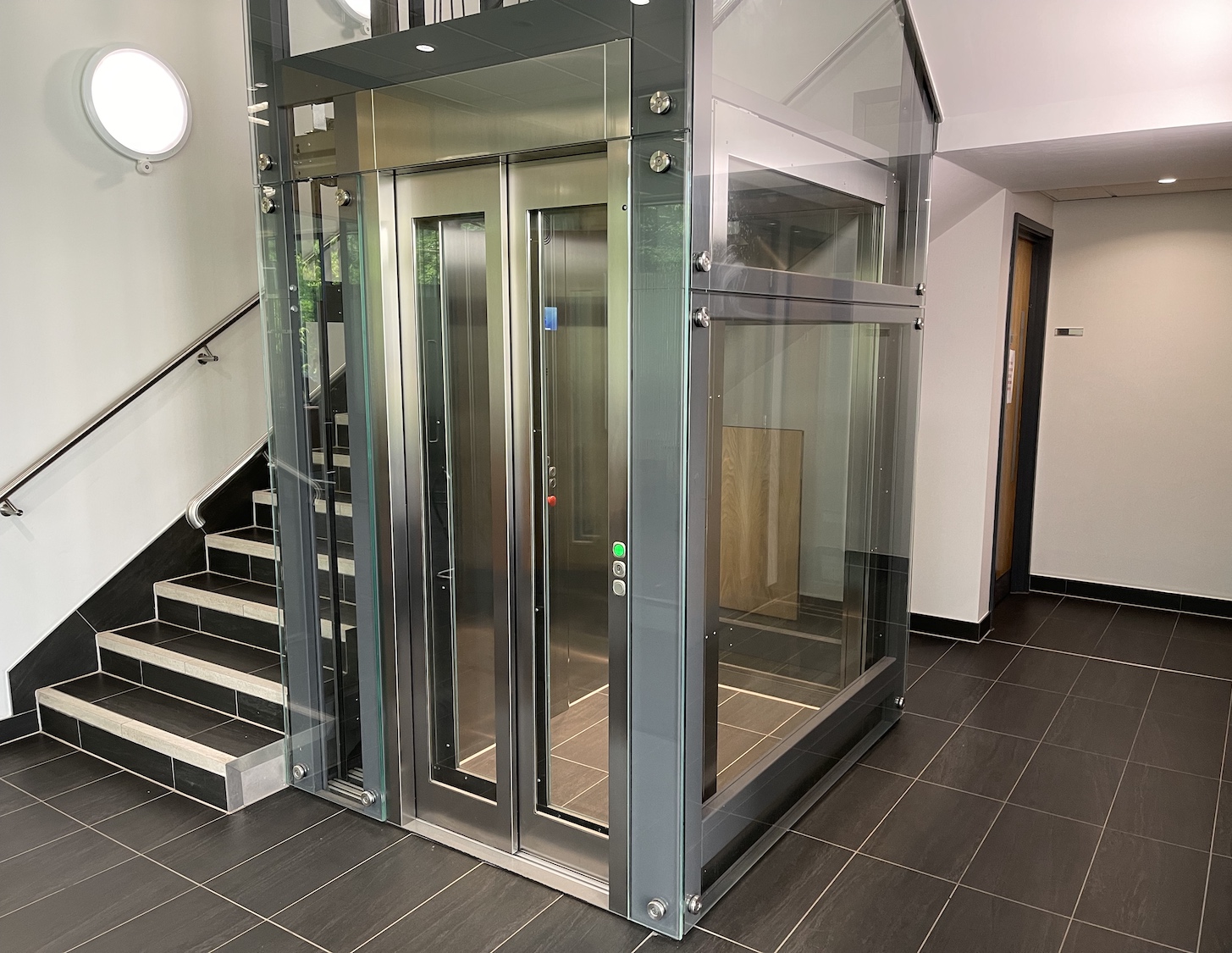We Maintain Lifts with Precision: Ensuring Safety and Performance
Looking Into the Globe of Elevators: Common Problems Dealt With by Different Lift Mechanisms
As we navigate through the vertical transport systems of contemporary buildings, lifts stand out as an indispensable component of our everyday lives. From hydraulic elevators to traction systems and machine-room-less styles, each lift type comes with its set of typical concerns.
Hydraulic Lifts
Hydraulic elevators, usually chosen for low-rise structures, make use of fluid stress to manage the movement of the elevator car (lift repair companies). This mechanism includes a hydraulic pump pressing oil right into a cyndrical tube, causing the elevator to move in the desired instructions. While hydraulic lifts are known for their smooth and quiet procedure, they do come with their very own collection of common concerns
One common problem with hydraulic elevators is oil leak. In addition, concerns with the control system, such as damaged valves or a malfunctioning pump, can create disruptions in the lift's movement.
Normal maintenance and punctual fixings are vital to make certain the smooth performance of hydraulic elevators. By dealing with these common concerns proactively, structure owners can minimize downtime and make certain the safety and efficiency of their upright transportation system.
Traction Elevators
When taking into consideration upright transportation systems in structures, another common kind besides hydraulic elevators is the traction elevator. Grip elevators operate utilizing a system of ropes and counterweights that move the elevator cars and truck by grasping onto the hoist ropes. This device enables smoother and faster vertical transport contrasted to hydraulic systems.
One of the common concerns dealt with by grip lifts is rope wear. The consistent activity of the ropes within the grip system can cause deterioration with time, potentially triggering the elevator to breakdown or become risky for usage. Regular examinations and upkeep of the ropes are necessary to make sure the elevator's appropriate performance and safety and security.
An additional problem that grip lifts may experience is related to the control system. Troubles with the control system can cause problems such as irregular motion, delays in reaction times, or perhaps complete shutdowns. Regular testing and upkeep of the control system are important to avoid such problems and make sure the lift's integrity.
Machine-Room-Less (MRL) Elevators

Among the essential parts of MRL elevators is the small gearless traction device that is mounted within the hoistway. This machine efficiently drives the lift vehicle without the requirement for cumbersome tools found in conventional grip lifts. Furthermore, MRL elevators typically use a counterweight system to balance the automobile, more enhancing their energy effectiveness.
In spite of their benefits, MRL lifts may deal with challenges connected to upkeep and lift repair near me fixing due to the confined area for tools installment. Availability for servicing parts within the shaft can be restricted, needing specialized training for service lift companies in London technicians. Correct maintenance timetables and routine evaluations are important to make certain the ongoing smooth operation of MRL elevators.
Overloading and Weight Limit Issues
Overloading and weight limit problems are vital concerns in elevator procedures. Elevator manufacturers style raises with specific weight capacities to make sure guest security and devices durability.
When lifts are overwhelmed, it puts too much strain on the electric motor, cords, and various other parts, potentially creating breakdowns or break downs. If they detect excess weight, safety and security mechanisms such as sensing units and overload sensing units are in area to avoid lifts from relocating. Furthermore, exceeding weight limitations can cause enhanced energy usage and wear and tear on the elevator system.
To alleviate straining problems, building managers ought to plainly display weight limits in elevators and enlighten passengers on the relevance of sticking to these constraints - lift repair companies. Normal upkeep checks by qualified service technicians can additionally aid ensure that lifts are operating within risk-free weight criteria. By attending to overloading and weight limit issues proactively, building proprietors can enhance elevator security and performance
Electrical System Failures
Exceeding weight limitations in lifts can not just lead to mechanical concerns but additionally potentially contribute to electrical system failings within the lift facilities. Electric system failures are an important concern in lift procedure, as they can cause unanticipated closures, malfunctions, or also security threats.
Furthermore, power surges or fluctuations in the electrical supply can additionally interrupt the lift's operation, impacting its performance and safety. These electric disturbances can harm delicate lift components such as control panels, circuit card, or sensors, resulting in system failings. lift companies in London Normal maintenance and evaluations are essential to determine and attend to possible electrical issues immediately, guaranteeing the risk-free and effective operation of lift systems. By sticking to weight limitations and performing routine electrical system checks, structure proprietors can alleviate the threat of electrical failures in elevators.
Conclusion

Hydraulic lifts, commonly chosen for low-rise structures, make use of fluid stress to control the motion of the elevator vehicle.When considering vertical transport systems in buildings, another usual type aside from hydraulic lifts is the grip elevator. Traction elevators operate making use of a system of ropes and weights that move the elevator automobile by gripping onto the hoist ropes. Unlike conventional elevators that need a separate machine room to house the equipment, MRL lifts incorporate many of the elements within the shaft, getting rid of the demand for a specialized equipment room.In final thought, elevators face usual issues such as hydraulic malfunctions, grip system failings, and electric system issues.